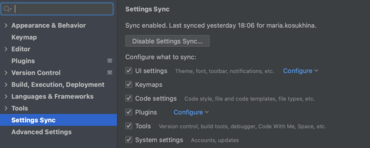Offizieller Lieferant
Als offizieller und autorisierter Distributor beliefern wir Sie mit legitimen Lizenzen direkt von mehr als 200 Softwareherstellern.
Sehen Sie alle unsere Marken.

Vollständige Umgebung für die Java-Entwicklung.
Live-Chat mit unseren JetBrains-Lizenzierungs-Spezialisten.